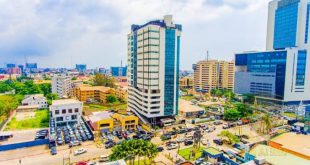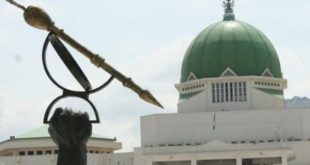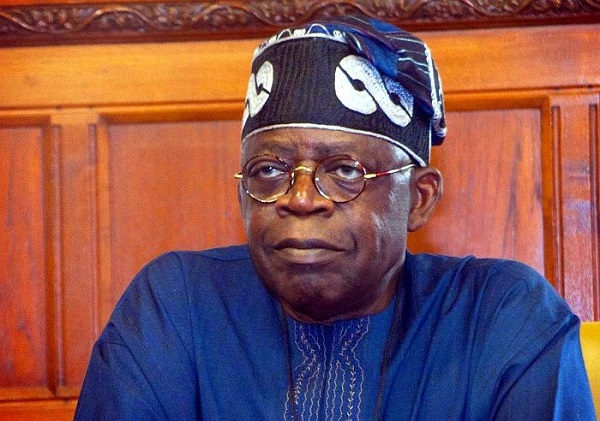The total collapse of the national grid on the 20th of July is one collapse too many in 2022 alone. The recent one which occurred at about 12:23pm makes it the sixth time the country would be experiencing such a national disaster. The crumpling of the National Grid which always leads to total blackout across the country has become habitual. As it stands, Nigerians should expect a collapse of the grid at least every month aside the long tradition of low or total power failures.
Unfortunately, we live in a country where whenever there is such situation, those saddled with the responsibilities of managing or regulating the sector never sees the need to explain to the public. Since no one takes responsibility or is held accountable for the previous collapse it is only normal that another collapse is inevitable and then continues.

The irregularities that have marred the power sector for decades is both national and international disgrace. A sector that has probably gulped the highest funding over the years but cannot account for up to 50 percent of results to show for it. What is happening in the power sector is akin to saying that one is pouring water on a stone.
The administration of former president Olusegun Obasanjo of 1999-2007 invested $16b in what was considered National Integrated Power Project (NIPP) in 2004. The project was intended to address the electricity problem and provide a long term solution to the sector. It supposedly means that you must have all the ingredients that make up power into one single entity more like a value chain. This implies that be it fuel, gas, water or biomass, power turbines transmission, infrastructure all fused together into one ambit.

Unfortunately, almost Eighteen years down the line the situation has deteriorated the more and whatever happened to such bogus amount of fund, only Obasanjo and his vice Atiku Abubakar who is now a presidential aspirant can tell Nigerians.

Similarly, as reported by Vanguard it was also discovered that N2.74 trillion has been invested in the power sector in 16 years comprising of the administration of Obasanjo, Yar’Adua and Jonathan.
In another development the Kaduna State Governor Nasir El-Rufai in 2020 referred to the entire electricity sector as broken and went further to reveal that the Buhari’s administration has invested N1.7 trillion in three years into his government.
The federal government also in August 2014 approved a loan of $1 billion by the Niger Delta Power Holding Company (NDPHC) to boast the supply of gas in the country.
Also in 2021, president Mohammadu Buhari promised that his regime would boast the epileptic electricity supply by from 5,000 megawatts to 7,000 megawatts. Ironically, this was coming from a Man who has been in government for over five years without having thought of the need to improve a sector on which the economy depends on. To set the ball rolling for what was clearly an unrealistic project considering that there was no sincerity of purpose, the Federal Executive Council approved the sum of $1.9 billion tagged as “Presidential Power Initiative”.
That aside, Thisdaylive reported in 2020 that the Buhari government expended a whooping N1.7 trillion as an intervention fund into the power sector which as usual did not lead to a corresponding improvement in electricity supply. This fund was believed to be a sort of subsidy or what was considered “The power sector recovery plan and impact of Covid-19 pandemic.
However, let’s flip to the several unsuccessful reforms that the sector has undergone so that we can truly comprehend the depth of what we are talking about.
The major reform in the power sector started in 2004 with the National Integrated Power Project (NIPP) which as earlier started yielded no positive result with the amount of funds committed to it. Other notable reforms in the sector include the Electrical Power Sector Reform (EPSR) Act of 2005 which caused the established of the Nigerian Electricity Regulatory Commission (NERC)
In November 2013, a key reform in the sector enabled by the EPSR Act led to the privatization of power to what would later be known as Generation Companies (GENCOs) and Distribution Companies (DISCOs) and the establishment of the transmission company of Nigeria (TCN). The privatization created six generation companies (GENCOs) and 11 Dstribution Companies (DISCOs). If there was improvement of electricity supply in any of this reform, it probably would be in Aso Rock because it has always been one step forward, several steps backward.
While one ponders on all of this, the ugliest of the situation is that Nigerians are still compelled to pay more. The electricity supply may have increased only in the pages of government gazetted documents but in reality it continues to drop. However, there has always been an increase that truly and always takes place. The hikes in electricity tariff has always been real and in most case consumers are never informed or consulted before such decisions are reached. In January, 2022 the Federal Government through its NERC enforced the take off of a new electricity tariff.
A peep into what Nigeria currently generate reveals that it’s only able to dispatch around 4,000MW to a population of over 200 million. There is no need reiterating that, that is grossly insufficient to meet the electricity needs of the country. It is also worrisome to know that the country has the potential to generate over 12,522MW from existing plants yet we languish around and below 4,000MW and when the uncircumcised National grid reacts, what follows is a total darkness.
If the total amount spent on power by Nigeria government from 1999 till date is put together which is over $20 billion and compare it with about $3.5 billion invested by Egypt in its renewable energy, the reason why the national grid collapses all the time won’t be far-fetched.
Though the details of Buhari’s government Power outlay will only come into the open when it completes its tenure in 2023, surely it will be frightening.
Nigeria has become a country that takes pride in doing things wrongly and yet no one is ever held accountable. As of 2019/2020 the installed electricity generation capacity of Egypt reached 59.063 megawatts and it roses from the rank of 145th to 77th in the world on electricity production. To compare that with the situation in Nigeria is disheartening but that is the reality on ground.
With so much fund committed to the power sector and numerous reforms applied, its still remain one of the lest developed sector and the national grid has taken the liberty to occasionally remind the government that nothing has been done.
 MMS PLUS NG – Maritime, Aviation, Business, Oil and Gas News Online Newspaper with coverage in Maritime, Oil and Gas, Aviation, Power and Energy as well as Financial News
MMS PLUS NG – Maritime, Aviation, Business, Oil and Gas News Online Newspaper with coverage in Maritime, Oil and Gas, Aviation, Power and Energy as well as Financial News










